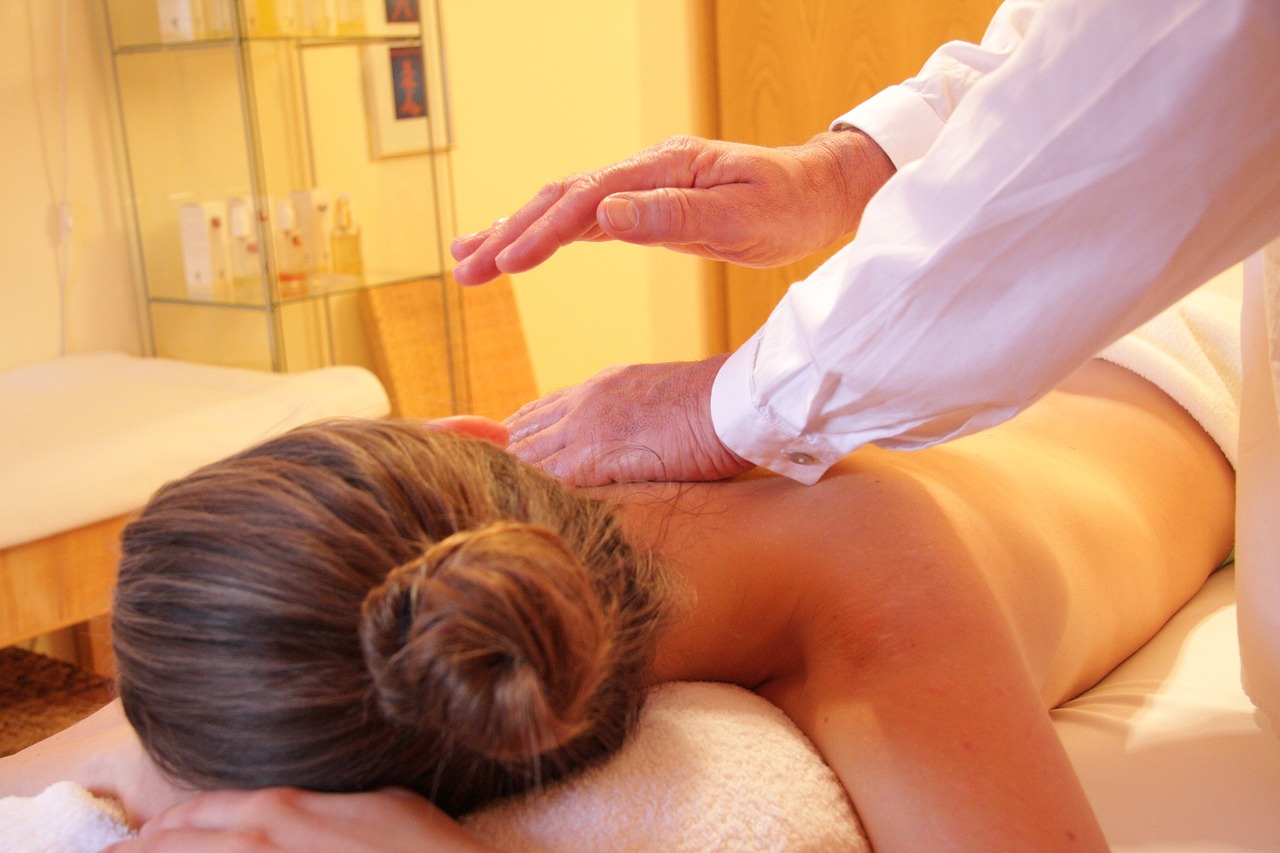Interest in well‑being has become woven deeply into travel and tourism choices worldwide. Wellness retreats now form a vital part of this market, drawing visitors to serene and mindful destinations. Those seeking the best relaxing retreats often base decisions on offering restful experiences, detox programmes or structured mindfulness—wellness tourists focus on their health above sightseeing. Demand for wellness retreats has surged as travellers choose refuges offering yoga, meditation, healthy menus, spa treatments or digital detox.
More than conventional breaks, best relaxing retreats offer immersive time off where guests reset mind and body, often with support from experts in nutrition, movement and mental clarity. Tourists are booking longer stays at such destinations, pushing wellness travel to new heights. The core global wellness economy was estimated at US $6.3 trillion in 2023. Projections put it near US $7.4 trillion by 2025 and heading for US $8.5 trillion by 2027, at an annual growth rate above 7 per cent. Headlines citing US $33 trillion by 2026 likely combine lifestyle spending, medical tourism, beauty and luxury goods into one aggregate. That figure reflects a broader wellness‑aligned consumption base rather than strict market totals.
Expectations remain strong across diverse sectors. Wellness tourism leads with rates above 16 per cent growth, wellness real estate grows in the mid‑teens, and thermal springs and mental‑care services rise steadily. Demand drivers include ageing populations, lifestyle health concerns, mental‑wellness awareness, and workplace wellness uptake. Digital and in‑person media spur interest in travel‑based well‑being, while tech tools help users track progress and stay engaged. Best relaxing retreats often get featured in influencer content, inspiring new bookings and deeper travel‑health connections.
Sector Growth Highlights
Wellness tourism continues to rebound strongly from pandemic lows. The market grew from roughly US $436 billion in 2020 to nearly US $651 billion in 2022. Forecasts suggest it will reach US $1 trillion around 2024 and perhaps US $1.35 trillion by 2028 at a projected rate of 16.6 per cent annually.
Wellness real estate is another growth engine. After a modest base of roughly US $275 billion in 2020, it is expected to grow to nearly US $580 billion by 2025 and head towards US $900 billion by 2027 at a compound rate of 15–17 per cent.
Thermal and mineral springs enjoyed an explosive recovery, rising from around US $39 billion in 2020 to US $90 billion by 2025. Spa‑based services followed, with growth from US $69 billion to US $150 billion in the same window.
Mental wellness, public health, physical activity, healthy eating and workplace wellness all show steady growth, with values hitting between US $150 billion and US $1.2 trillion by the mid‑2020s.
Demand Drivers
The rise of chronic conditions among ageing populations and heightened interest in preventative care and self‑awareness underpins growth. Mental‑health concerns now justify widespread investment in therapies like meditation, sleep coaching and stress support programmes. That sub‑market grew nearly 30 per cent in one recent cycle and continues expanding.
Corporate wellness schemes now touch hundreds of millions of workers worldwide, though they still cover only a fraction of the workforce. Projections suggest workplace wellness may exceed US $100 billion by 2032.
Consumer interest in longevity has driven luxury destinations to offer medical‑grade screening, IV therapies and bespoke preventive regimens. High‑end wellness hotels charge sums up to US $40,000 per customer for such services, merging hospitality with healthcare science.
Regional Dynamics
North America holds the largest share of the wellness economy, valued at over US $2 trillion in recent years. Europe comes next at roughly US $1.7 trillion, followed by Asia‑Pacific. Combined, these regions account for more than 90 per cent of total spending.
Recovery after 2020 was strongest in North America, Europe and the Middle East–North Africa region. Asia‑Pacific lags but is catching up quickly, particularly in wellness tourism and real estate demand.
High per‑capita spending in North America (about US $5,700) and Europe (about US $1,800) contrasts with lower numbers in emerging markets.
Role of Tech and Media
Digital innovation fuels demand, including tele‑health platforms, wearable trackers, bio‑monitoring services and personalised wellness apps. These tools extend access to care, improve self‑monitoring and integrate prevention into daily life. Multimedia promotion by influencers, short videos of retreat experiences, healthy recipes and mental‑health storytelling further drive bookings to spas, wellness hotels and group programmes worldwide.
Consumer Trends
Rest‑first regimes are gaining favour among fitness enthusiasts. Trends like recovery pools, sound‑bath sessions, gentle Pilates and infrared saunas are now mainstream in many clubs. Wellness tourists favour methods that centre on regeneration rather than endurance training.
Experiences set in rural estates, rewilded lands and spiritual retreat sites see rising popularity. Environments that mix nature, mindfulness, eco‑healing and wellness culture appeal to travellers seeking more meaning in travel—especially in the UK, where rural estates now host festivals, recovery camps and PTSD‑focused retreat courses.
Luxury brands and major retailers have entered the wellness space. Department stores and hotels now include IV lounges, cryotherapy centres, ozone saunas, red‑light therapy and bone‑density testing, offering high‑tech wellness in high‑street settings.
Beauty trends in 2025 reflect a fusion of health and look. Consumers seek injectable approaches with minimal downtime, micro‑tox, microbiome‑focused oral care and brain‑nutrient dietary supplements. Wellness increasingly defines status and aesthetics.
Future Outlook
Market forecasts point to solid compound growth of around 7 to 8 per cent annually from 2023 through 2028. That rate implies total wellness market values rising from US $6.3 trillion (2023) to roughly US $7.3 trillion (2025) and US $8.5 trillion by 2027.
Wellness tourism and real estate continue to lead sector expansion. Wellness tourism alone is expected to grow at over 16 per cent annually until around 2027, while wellness real estate may grow at more than 15 per cent per year.
Some sources suggest core wellness growth beyond that—realistic near US $9 trillion by 2028, though fringe estimates combining broader lifestyles, aesthetic wellness, healthy technology and longevity adjuncts arrive at the near‑US $30 trillion figure by 2026. That figure reflects aggregating entire health‑oriented spending rather than wellness alone.
Cross‑Sector Influence
Wellness now intersects with many industries. Fitness clubs sell recovery sessions, healthy foods and mental‑health workshops. Hotels include wellness programming and nutrition coaching alongside accommodation. Real‑estate developers sell homes using wellness markers such as walkable access, air quality features and daylight metrics.
Wellness festivals, corporate wellness villages and health‑driven tourism packages now bring immersive experiences tied to mindfulness, metabolism education and longevity themes. These blended offerings reflect how attached wellness has become to experience, travel and consumer identity.
Data Summary Table (values approximate)
| Sector | 2020–2022 base value | Forecast mid‑decade value | Projected annual growth |
|---|---|---|---|
| Wellness tourism | US $436–651 billion | US $1.0–1.35 trillion | ~16–17 % |
| Wellness real estate | US $275–438 billion | US $580–900 billion | ~15–18 % |
| Thermal/mineral springs & spas | US $100–150 billion | US $150–184 billion | ~8–10 % |
| Mental wellness | US $130–233 billion | US $286–414 billion | ~10–13 % |
| Physical activity | US $738 billion | Over US $1 trillion | ~10 % |
| Healthy eating & personal care | US $945 billion | Over US $1.2 trillion | ~5–8 % |
| Workplace wellness | US $48 billion | US $58–100 billion | ~4–6 % |
| Total wellness economy | US $4.4–6.3 trillion | US $7–9 trillion | ~7–9 % |
Challenges Ahead
Economic uncertainty, widening inequality and geopolitical barriers could slow demand. Access to wellness remains uneven globally. Some regions may see slower adoption due to limited infrastructure or regulation gaps. Ethical issues and safety concerns around unregulated treatments remain a risk in some emerging segments
Sustainability matters too. Retreat locations in fragile ecosystems risk overuse. Regulation and consumer transparency will become critical. As wellness integrates further with public health and longevity science, standards will matter greatly.
Conclusion
Wellness has become a defining global industry. Growth from US $4.4 trillion in 2020 to US $6.3 trillion in 2023 shows resilience. Forecasts suggest core value will reach US $7.3 trillion by 2025 and US $8.5 trillion by 2027. Wellness tourism and real estate help drive those rises. While US $33 trillion by 2026 makes eye‑catching headlines, core sector growth remains closer to single‑digit trillions in the near term. Demand drivers include population ageing, mental‑health needs, corporate care and luxury longevity rituals. Technology, media and cross‑sector integration expand reach. As well‑being becomes central to lifestyle, consumer expectations shift and industry will respond. Growth looks sustained well into the 2030s. Let me know when you’re ready for the next title.










Leave a Reply